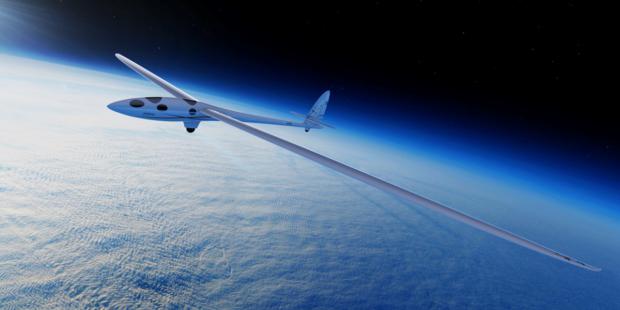
Breaking News
 The 3 Reasons Behind US Plot to Depose Venezuela's Maduro – Video #254
The 3 Reasons Behind US Plot to Depose Venezuela's Maduro – Video #254
 Evangelicals and the Veneration of Israel
Evangelicals and the Veneration of Israel
 Zohran Mamdani's Socialist Recipe for Economic Destruction
Zohran Mamdani's Socialist Recipe for Economic Destruction
 BREAKING: Fed-Up Citizens Sue New York AG Letitia James for Voter Intimidation...
BREAKING: Fed-Up Citizens Sue New York AG Letitia James for Voter Intimidation...
Top Tech News
 HUGE 32kWh LiFePO4 DIY Battery w/ 628Ah Cells! 90 Minute Build
HUGE 32kWh LiFePO4 DIY Battery w/ 628Ah Cells! 90 Minute Build
 What Has Bitcoin Become 17 Years After Satoshi Nakamoto Published The Whitepaper?
What Has Bitcoin Become 17 Years After Satoshi Nakamoto Published The Whitepaper?
 Japan just injected artificial blood into a human. No blood type needed. No refrigeration.
Japan just injected artificial blood into a human. No blood type needed. No refrigeration.
 The 6 Best LLM Tools To Run Models Locally
The 6 Best LLM Tools To Run Models Locally
 Testing My First Sodium-Ion Solar Battery
Testing My First Sodium-Ion Solar Battery
 A man once paralyzed from the waist down now stands on his own, not with machines or wires,...
A man once paralyzed from the waist down now stands on his own, not with machines or wires,...
 Review: Thumb-sized thermal camera turns your phone into a smart tool
Review: Thumb-sized thermal camera turns your phone into a smart tool
 Army To Bring Nuclear Microreactors To Its Bases By 2028
Army To Bring Nuclear Microreactors To Its Bases By 2028
 Nissan Says It's On Track For Solid-State Batteries That Double EV Range By 2028
Nissan Says It's On Track For Solid-State Batteries That Double EV Range By 2028
Aviation on Mars? Airbus Perlan 2 Glider To Help Test Its Limits

The Perlan 2 sailplane/glider, which had its first test flight last September in Oregon, will attempt to reach its optimal cruising altitude of 90,000 feet as early as this coming June in Argentina , says McArtor. When it does, it will be the highest that any winged vehicle, powered or otherwise, has gone in sustained, level flight.*
As part of the Perlan Project — a nonprofit supported by title sponsor Airbus Group and others; the glider's two-man crew will scientifically sample the stratosphere at altitudes exceeding those of even the U-2 and the SR-71 spy planes.
McArtor stresses that Perlan 2 will offer NASA and other space agencies what he terms the first real in situ flight data in an environment analogous to Mars' own atmosphere.
"Perlan 2's wingspan [of some 84 feet] will just barely fit between first and second base," said McArtor. But he says it should allow the Perlan Project to learn whether that's a wingspan that would allow for optimum maneuverability in Mars' two percent atmosphere. And Perlan should also give the team real time data on how the craft would handle banking and potential stalls in such a Martian atmosphere.

 Carbon based computers that run on iron
Carbon based computers that run on iron

